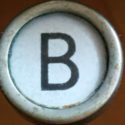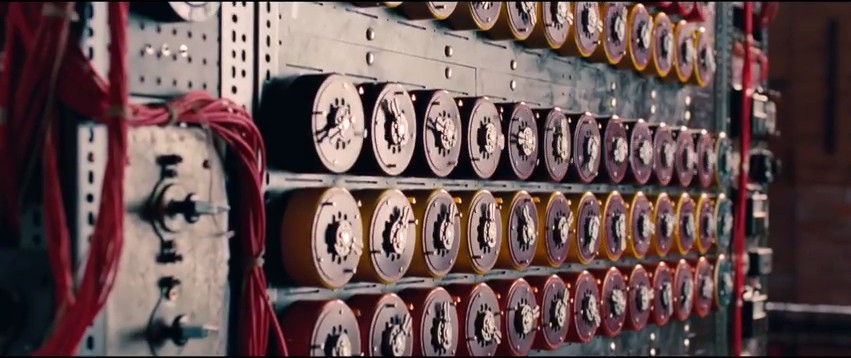It is not a peculiarity of our times that the NSA – America’s National Security Agency – wants to know everything, even in the most distant places of our planet. And Ticom (Target Intelligence Commitee), NSA’s predecessor, wanted just the same.
In the Second World War the future of the free world also depended on their spy work and therefore it isn’t surprising at all that Ticom of course knew about the activities at Feuerstein Castle near Ebermannstadt, in the northern part of Bavaria, Germany. Activities which were peculiar and mysterious at the same time. NSA documents which cover that part of history are only known to the public since 2009. They prove the fact that the British mathematician Alan Turing was on his way to Ebermannstadt in the last months of WW II. According to that documents German physician Oskar Vierling worked within the castle. The building which never has been a castle, was masked as a hospital – including the sign of the Red Cross on its roof – but was in fact a laboratory run by the Wehrmacht and the German Foreign Office. Up to 250 people worked in Feuerstein Castle on encryption, radio links and on the improvement of the encryption machine SZ 42. Vierling who in 1941 established the company that today still bears his name, worked on signals that should control torpedoes and set mines on fire.
On April 16th 1945, some three weeks before Nazi Germany surrendered on May 8th, Ticom secret agents arrived at Feuerstein Castle. The American and British experts on news and communication technique were hitchhiking all the way through Germany till they arrived in Upper Franconia. The last part up to the castle itself, they walked. They hoped to find German encryption devices there, not because they hoped to use it for themselves. „It was much more important that these devices were not lost to the Russians,“ Rudolf Staritz, a tech expert on news, says.
„Turing wasn’t able to breach Vierling’s messages.“
Alan Turing came across Vierling much earlier. Turing who at that time was breaking German messages at Bletchley Park, the central site of the United Kingdom’s Government Code and Cypher School known for its efficiency and its brilliant minds. But the messages which went to and from Feuerstein Castle and the German town of Hannover on a regular bases, remained a mystery even to genius Turing. „Turing wasn’t able to breach Vierling’s messages. So he wanted to go to Feuerstein and find out what was going on there for himself,“ Staritz says. The NSA documents don’t reveal, however, how long Alan Turing stayed at Feuerstein Castle in the spring of 1945. That the brilliant codebreaker was actually there, experts consider as a fact. „There are lots of legends when it comes to Turing’s life. But we can take it for granted that he was in Ebermannstadt,“ Jochan Viehoff says. He is Head of Nixdorf Museum in the German town Paderborn.
It seems that after the war, in April 1945, Vierling soon attached himself to the new situation – according to Ticom report dated May 1st 1945: „When Vierling and some of his colleagues were found, they were very eager to talk about their work and agreed to help rebuilding the lab and the parts of the project, so they could go on with their work.“ The secret agents assumed that Vierling hoped to continue his work within his laboratory at Feuerstein Castle after the end of Nazi regime. But the cooperation terminated when allies‘ superiors on August 16th 1945 ordered Vierling’s arrest. The agents removed all interiors and research results from Feuerstein. Staritz doesn’t believe they used it for their own research. „The Americans technically were much superior compared to the Germans.“
More about Alan Turing on this blog click here.
Learn more about Alan Turing here.
The German version of this article was originally published in Fränkischer Tag on January 22nd 2015.
The author, Christoph Hägele, kindly granted the permission to translate it.

